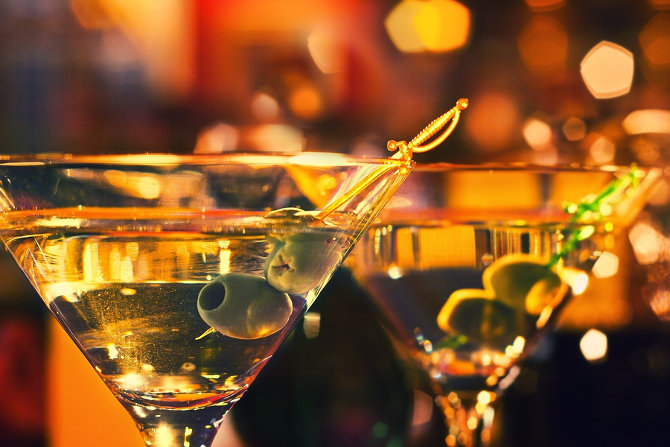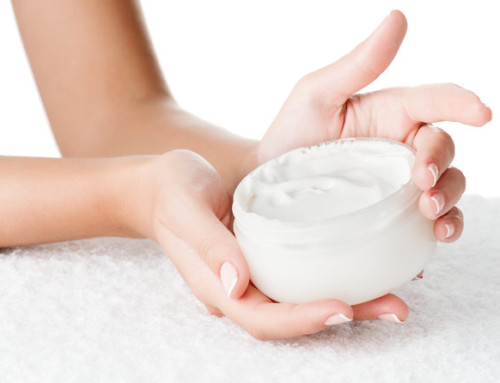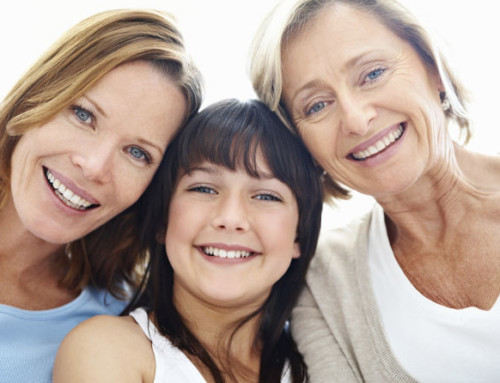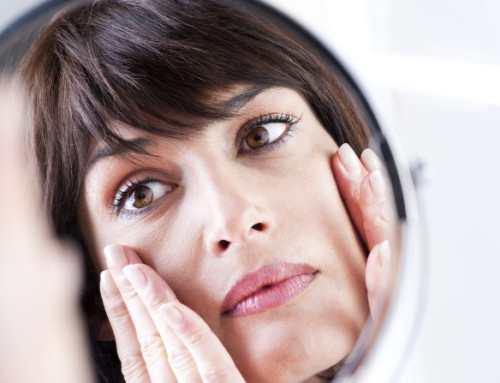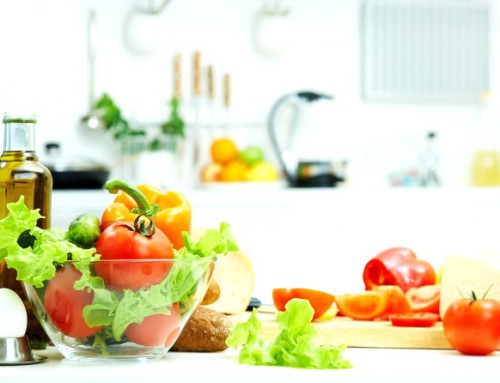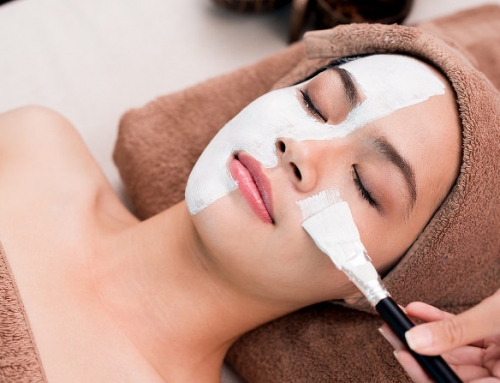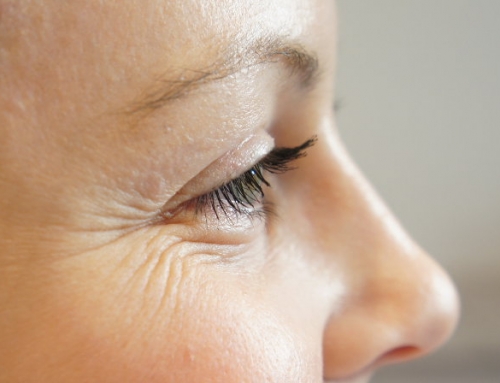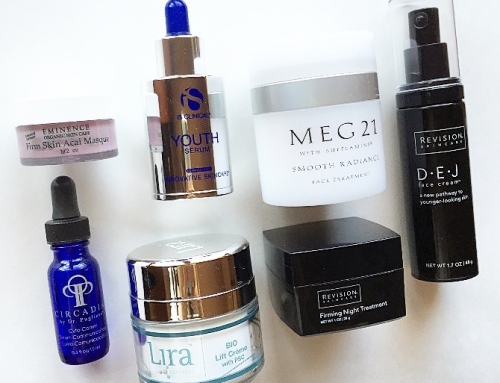In my last post, I talked about the effects of smoke on skin. Let’s continue with the theme of “What’s Bad For Skin.” Today’s topic is alcohol.
An excessive amount of anything is generally not good for our bodies. I think it’s safe to say that heavy drinking is one of those things. Besides hurting the liver, alcohol has some undesirable effects on skin’s appearance.
Alcohol Effects on Skin
- Makes Skin Red – Heavy alcohol consumption causes blood vessels and capillaries to dilate (expand). Capillary walls are fragile. If they are constantly dilated, they weaken and eventually burst. Blood seeps into the surrounding tissues, causing a flushed appearance to skin.
- Dries Out Skin – Alcohol dehydrates skin by drawing water out of skin tissues.
- Ages Skin – Alcohol immediately raises blood sugar levels and keeps them elevated. When blood sugar levels are elevated, the body is in an inflammatory state. Excess sugar binds to collagen, making it hard and stiff. This is known as glycation, a form of cross-linking. Cross-linking breaks collagen fibers, causing wrinkles and sagging skin.
Enjoy alcohol in moderation, but be aware of these effects on skin so you can take appropriate counteractive steps.
Tips for Counteracting Alcohol
- Control your intake if you are prone to redness or have naturally thin skin, as alcohol may make the redness worse.
- Make sure you hydrate your skin with humectant ingredients,such as Hyaluronic Acid and Sodium PCA.
- Drink plenty of water to stay hydrated (8-10 glasses daily is recommended). Drink an additional two glasses of water for every glass of alcohol consumed.
- It is better to drink a moderate quantity of water (a few sips) spaced evenly over time rather than gulping down a large amount (like a whole glass) all at once. When you drink a lot at once, most of that water goes straight to your bladder before it has a chance to be absorbed by the body.
- Look for ingredients that hinder glycation.

